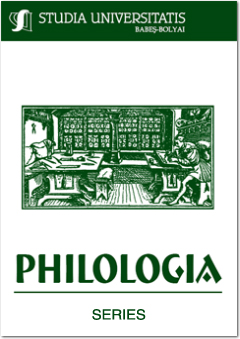DEUX MANIÈRES D'ÉCRIRE L'HEXAMÈTRE DACTYLIQUE : TITO ET ERCOLE STROZZI
TWO WAYS OF WRITING THE DACTYLIC HEXAMETER: TITO AND ERCOLE STROZZI
Author(s): Jean-Louis CharletSubject(s): Language and Literature Studies
Published by: Studia Universitatis Babes-Bolyai
Keywords: Tito Strozzi; Ercole Strozzi; latin humanist hexameter; latin epic; latin satire; latin elegy.
Summary/Abstract: Two ways of writing the dactylic hexameter: Tito and Ercole Strozzi. A detailed study of three types of Latin hexameters written by Tito Strozzi (1423-1505) and his son Ercole (1474-1508): epic hexameter (Borsias for Tito, Venatio for Ercole), non epic hexameter (Sermones for Tito, Epicedion Titi for Ercole) and elegiac hexameter (Eroticon and Aeolostichon for Tito, Elegiae and Amores for Ercole) on four strategic points of the meter (clausules, caesura, elision, dactyl and spondee patterns) shows variations in the writing of this meter according to gender and poetic form, and both continuities and differences in the making, in the father’s and the son’s.
Journal: Studia Universitatis Babes-Bolyai - Philologia
- Issue Year: 59/2014
- Issue No: 3
- Page Range: 123-160
- Page Count: 38
- Language: French

